Home>Ideas and Tips>Identifying Valuable Antique Ceramics: A Beginner’s Guide
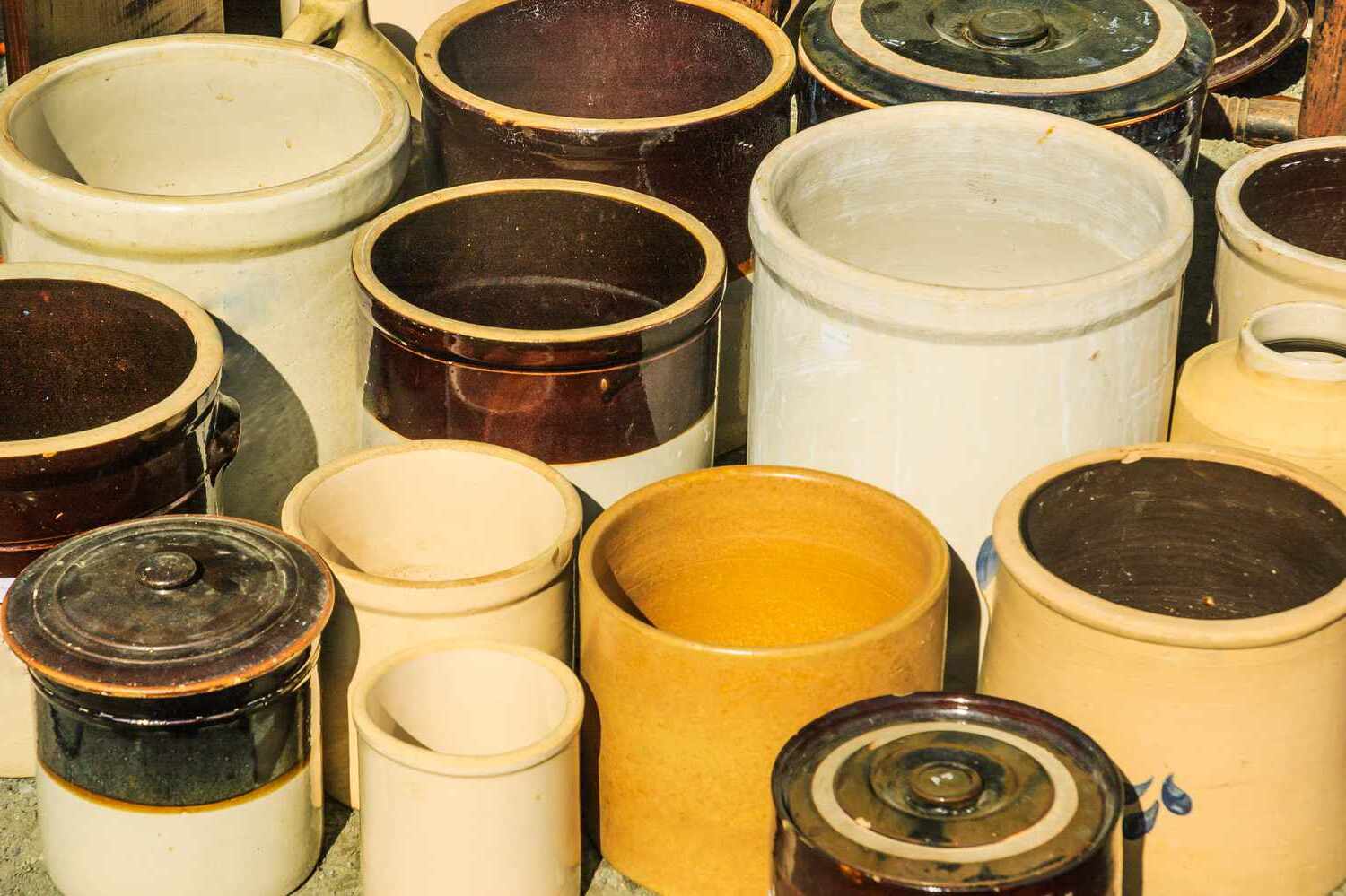

Ideas and Tips
Identifying Valuable Antique Ceramics: A Beginner’s Guide
Published: October 26, 2024
Learn how to identify and value antique ceramics with our beginner's guide. Discover tips on markings, glazes, and more to start your collection.
(Many of the links in this article redirect to a specific reviewed product. Your purchase of these products through affiliate links helps to generate commission for Storables.com, at no extra cost. Learn more)
Collecting antique ceramics can be a fascinating and rewarding hobby, offering a glimpse into the past and the craftsmanship of bygone eras. However, identifying valuable pieces requires a combination of knowledge, research, and attention to detail. In this comprehensive guide, we will walk you through the steps to identify and value antique ceramics, helping you navigate the world of antiques with confidence.
Understanding Antique Ceramics
Collecting antique ceramics can be a fascinating and rewarding hobby, offering a glimpse into the past and the craftsmanship of bygone eras. However, identifying valuable pieces requires a combination of knowledge, research, and attention to detail. In this comprehensive guide, we will walk you through the steps to identify and value antique ceramics, helping you navigate the world of antiques with confidence.
What Are Antique Ceramics?
Antique ceramics are pieces made from materials like porcelain, stoneware, and earthenware. Each type has its own unique characteristics and historical context. Porcelain is known for its translucency and durability, often used in high-end ceramics during the 18th and 19th centuries. Stoneware is denser and more durable than earthenware, commonly used for functional items like jugs and crocks. Earthenware is less dense and often has a more rustic appearance, frequently used for decorative items like vases and figurines.
Read more: How To Identify Antique Vases
Observing Markings
One of the most critical steps in identifying antique ceramics is observing any markings present on the piece. These markings can provide valuable information about the piece's origin, age, and manufacturer.
- Factory Marks: Many antique ceramics bear factory marks that indicate where they were produced. These marks can range from simple stamps to intricate designs. For example, pieces from Wedgwood often feature the Wedgwood crest or initials, while those from Royal Worcester may display the royal crown.
- Pattern Numbers: Some ceramics have pattern numbers that correspond to specific designs. These numbers can help you identify the exact pattern and potentially its value.
- Artist Signatures: In some cases, antique ceramics may bear the signature of the artist or craftsman who created them. This can significantly enhance their value.
Learning About Palettes and Glazes
The palette and glaze used on a ceramic piece can also provide clues about its age and origin.
- Historical Glazes: Different time periods are associated with distinct glaze techniques and color palettes. For instance:
- Antique Asian Ceramics: Pieces from the Kangxi Dynasty (1662-1722) often feature shiny underglazes.
- Mid-Century Modern: This period is characterized by more muted color palettes.
- Glaze Characteristics: Antique ceramics often have glazes that are not typically found in modern pieces. For example, antique stoneware may have a glass-like finish due to the salt-glazing process.
Checking Weight and Translucency
The weight and translucency of a ceramic piece can also offer insights into its age and authenticity.
- Weight: Antique ceramics tend to be heavier than modern ones due to their denser materials and more robust construction.
- Translucency: Porcelain, in particular, is known for its translucency. Pieces that are not translucent may be made from other materials like earthenware or stoneware.
Handcrafted Qualities
Many antique ceramics exhibit handcrafted qualities that distinguish them from mass-produced modern pieces.
- Uneven Sides: Antique ceramics often have uneven sides or slight imperfections that reflect their handmade nature.
- Differences in Painting: The painting on antique ceramics can be uneven or have slight variations, which are characteristic of hand-painted work.
Read more: How To Identify Antique Persian Rugs
Looking for Signs of Wear
Inspecting a piece for signs of wear can also help determine its age and authenticity.
- Chips and Cracks: Older pieces may have small chips or cracks, which can be indicative of their age.
- Discoloration: Exposure to elements over time can cause discoloration, which is another sign of an older piece.
Identifying Specific Types of Ceramics
Certain types of ceramics are highly prized among collectors due to their rarity, historical significance, or aesthetic appeal.
- British Ceramics: British ceramics from manufacturers like Wedgwood, Derby, Worcester, Chelsea, and Cliff are highly sought after for their quality and historical significance.
- Oriental Ceramics: Pieces from China and Japan during the Kangxi Dynasty or other periods are highly valued for their craftsmanship and cultural significance.
Using Resources for Identification
There are several resources available that can help you identify and value antique ceramics:
- Auction Catalogs: Auction houses often publish catalogs that include detailed descriptions and valuations of the items being sold. These can be invaluable for research.
- Books and Exhibits: Reading books about antique ceramics and visiting exhibits can provide extensive knowledge about different types of ceramics and their characteristics.
- Online Guides: Websites like Antique-Marks.com offer comprehensive guides to pottery marks, helping you identify specific manufacturers and patterns.
Valuation Considerations
When determining the value of an antique ceramic piece, several factors come into play:
- Age: The age of the piece is a significant factor in its value. Older pieces are generally more valuable than newer ones.
- Condition: The condition of the piece is crucial. Items in excellent condition with no chips or cracks will be more valuable than those with damage.
- Rarity: Pieces that were made in limited quantities are more valuable than those produced in large batches.
- Reputation of Manufacturer: The reputation of the manufacturer also plays a role in determining the value. Well-known manufacturers like Wedgwood command higher prices for their pieces.
Read more: How To Identify Authentic Antique Porcelain
Practical Tips for Collectors
Here are some practical tips for collectors looking to identify and value their antique ceramics:
- Start with What You Love: Begin your collection with pieces that resonate with you personally. This will make the process more enjoyable and ensure that you'll appreciate the items over time.
- Set a Budget: Novice collectors should set a budget and stick to it. This will prevent financial strain and ensure that you're not overpaying for pieces that may not appreciate in value.
- Research Thoroughly: Spend time researching different types of ceramics, their markings, glazes, and historical contexts. This knowledge will help you make informed decisions when purchasing or valuing pieces.
- Inspect Pieces Carefully: Always inspect pieces carefully for signs of wear, damage, and authenticity. Look for any hidden flaws or defects that could affect their value.
- Buy from Reputable Sources: Purchase from reputable dealers or auction houses to ensure that you're getting authentic pieces with accurate valuations.
- Consider Professional Appraisal: If you're unsure about the value or authenticity of a piece, consider hiring a professional appraiser who specializes in antique ceramics.
Case Studies
Let's examine some case studies to illustrate how these principles can be applied in practice:
Example 1: Identifying a Stoneware Jug
Imagine you've found an antique stoneware jug with a blue floral decoration and a single handle. The jug is marked "West Troy Pottery" and dates back to the late 19th century.
- Observing Markings: The mark "West Troy Pottery" indicates that it was produced by this specific manufacturer. Researching this mark reveals that West Troy Pottery was known for its high-quality stoneware jugs.
- Learning About Glazes: The blue floral decoration suggests that it was hand-painted using cobalt blue ink. The glass-like finish indicates that it was salt-glazed, which was a common technique used by West Troy Pottery.
- Checking Weight and Translucency: The jug feels sturdy and heavy, which is consistent with stoneware. It does not exhibit translucency, which is typical for this type of material.
- Handcrafted Qualities: The hand-painted decoration and slight imperfections in the glaze suggest that it was handmade rather than mass-produced.
- Valuation Considerations: Given its age, condition, and rarity, this jug could fetch a significant price at auction. For example, similar pieces have sold for upwards of $200 at Morphy Auctions.
Example 2: Identifying a Vintage Ceramic Vase
Suppose you've acquired a vintage ceramic vase with intricate designs and a distinctive glaze. The vase is unmarked but appears to be from the early 20th century.
- Learning About Glazes: The vase features a unique glaze that seems to be from the early 20th century. Researching similar glazes reveals that this type of glaze was commonly used during this period.
- Checking Weight and Translucency: The vase feels heavy and has a slight translucency, suggesting that it might be made from porcelain or a similar material.
- Handcrafted Qualities: The intricate designs and slight imperfections in the glaze indicate that it was handmade rather than mass-produced.
- Valuation Considerations: Without any markings or clear identification, determining its exact value requires further research. However, given its age and potential rarity, it could still be valuable. For instance, similar unmarked vases from this period have sold for several hundred dollars at auction.
Conclusion
Identifying valuable antique ceramics requires a combination of knowledge about different types of ceramics, their markings, glazes, and historical contexts. By following these steps—observing markings, learning about palettes and glazes, checking weight and translucency, looking for handcrafted qualities—and considering practical tips for collectors, you can navigate the world of antiques with confidence. Whether you're starting your collection or looking to appraise existing pieces, this guide provides a comprehensive framework for understanding what makes antique ceramics valuable.
Remember that each piece is unique and may require individualized attention. With patience and persistence in your research efforts, you'll be well-equipped to identify and value your antique ceramics accurately. Happy collecting!
Was this page helpful?
At Storables.com, we guarantee accurate and reliable information. Our content, validated by Expert Board Contributors, is crafted following stringent Editorial Policies. We're committed to providing you with well-researched, expert-backed insights for all your informational needs.
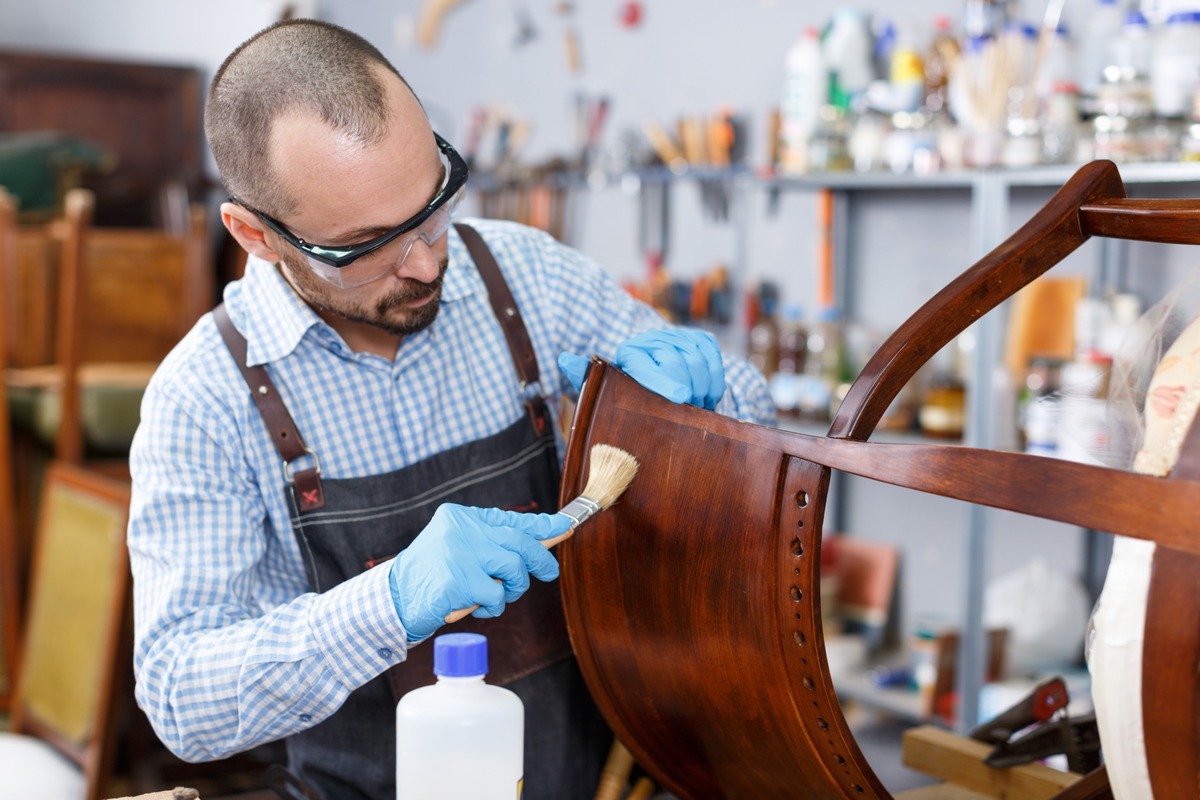


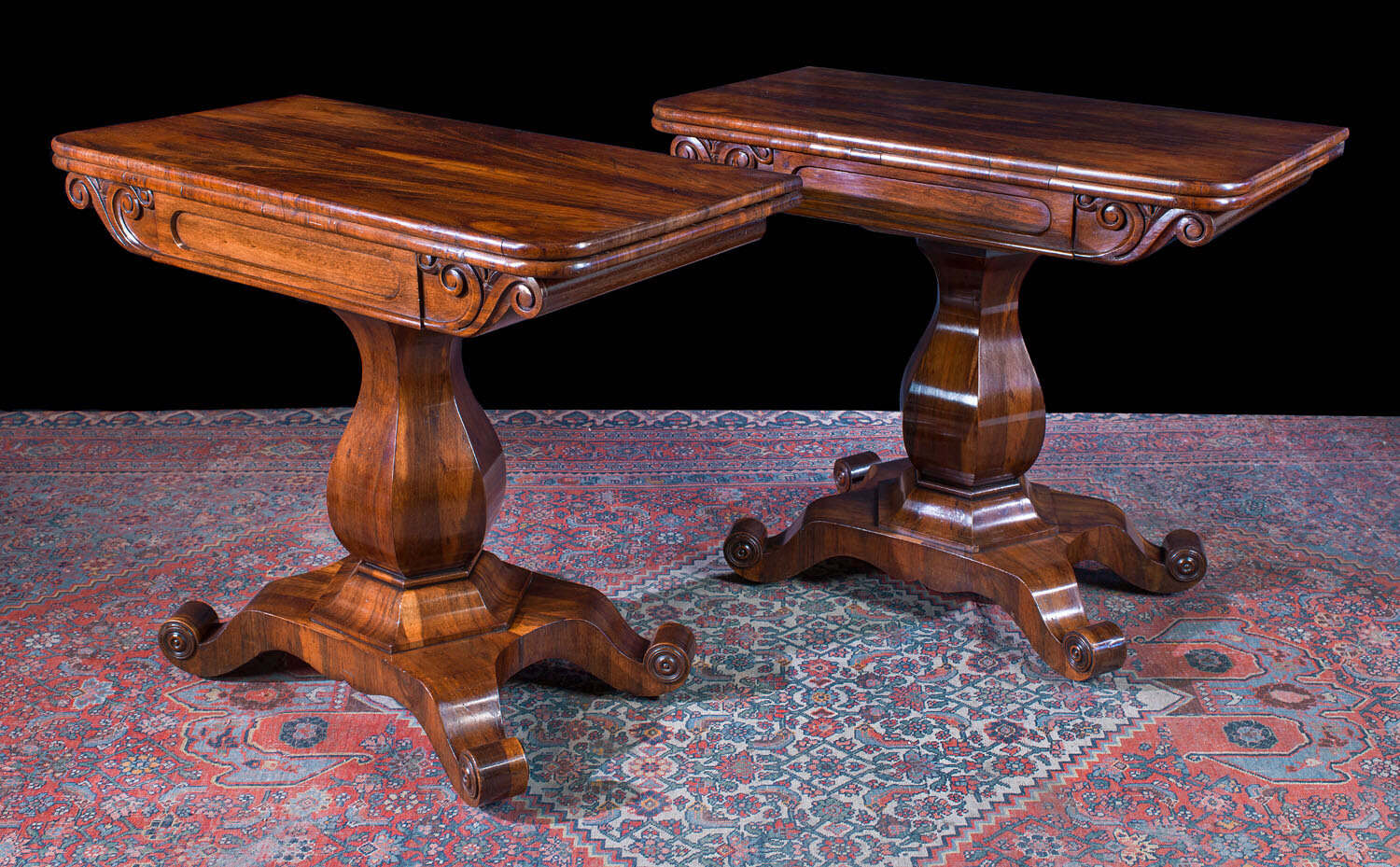
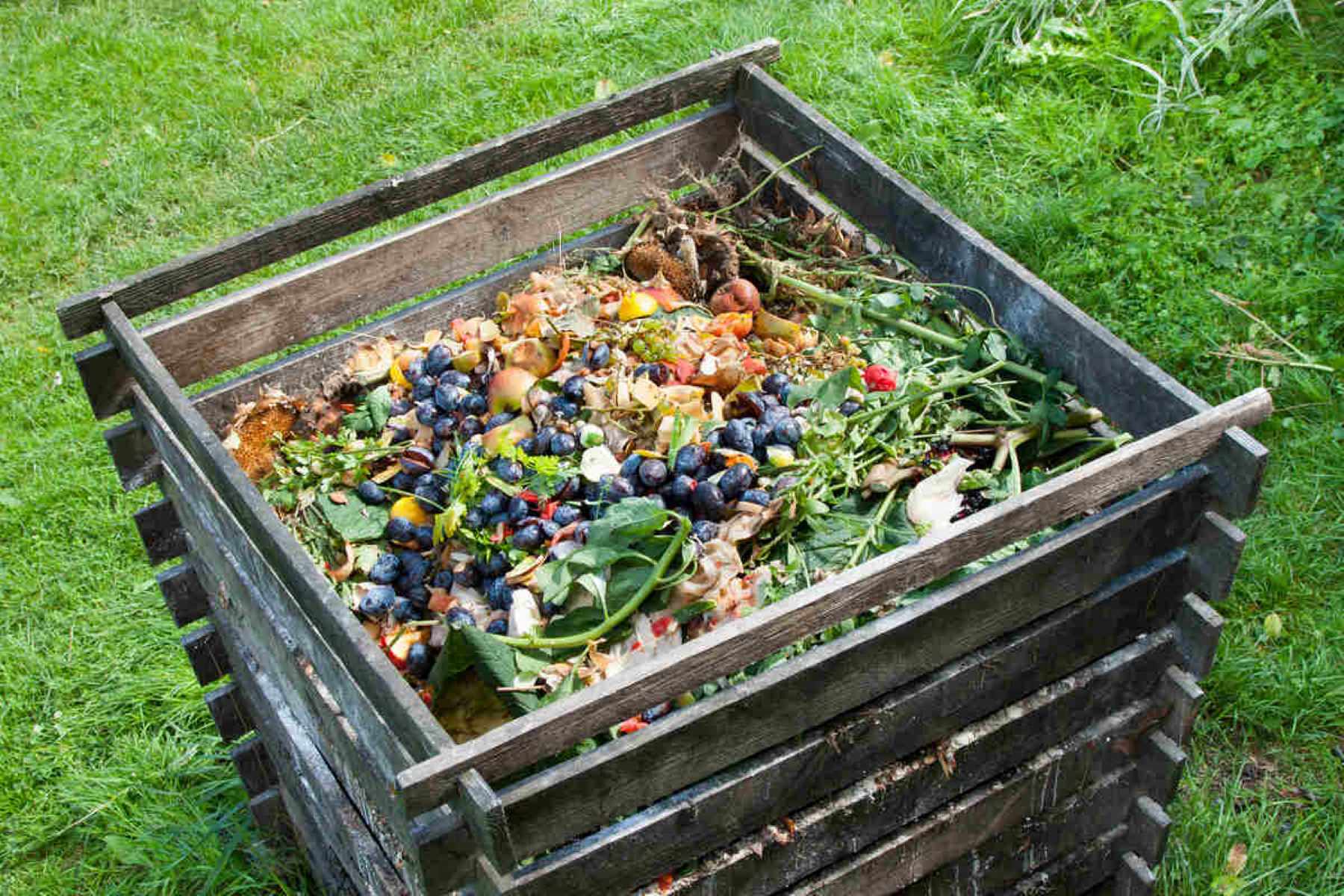
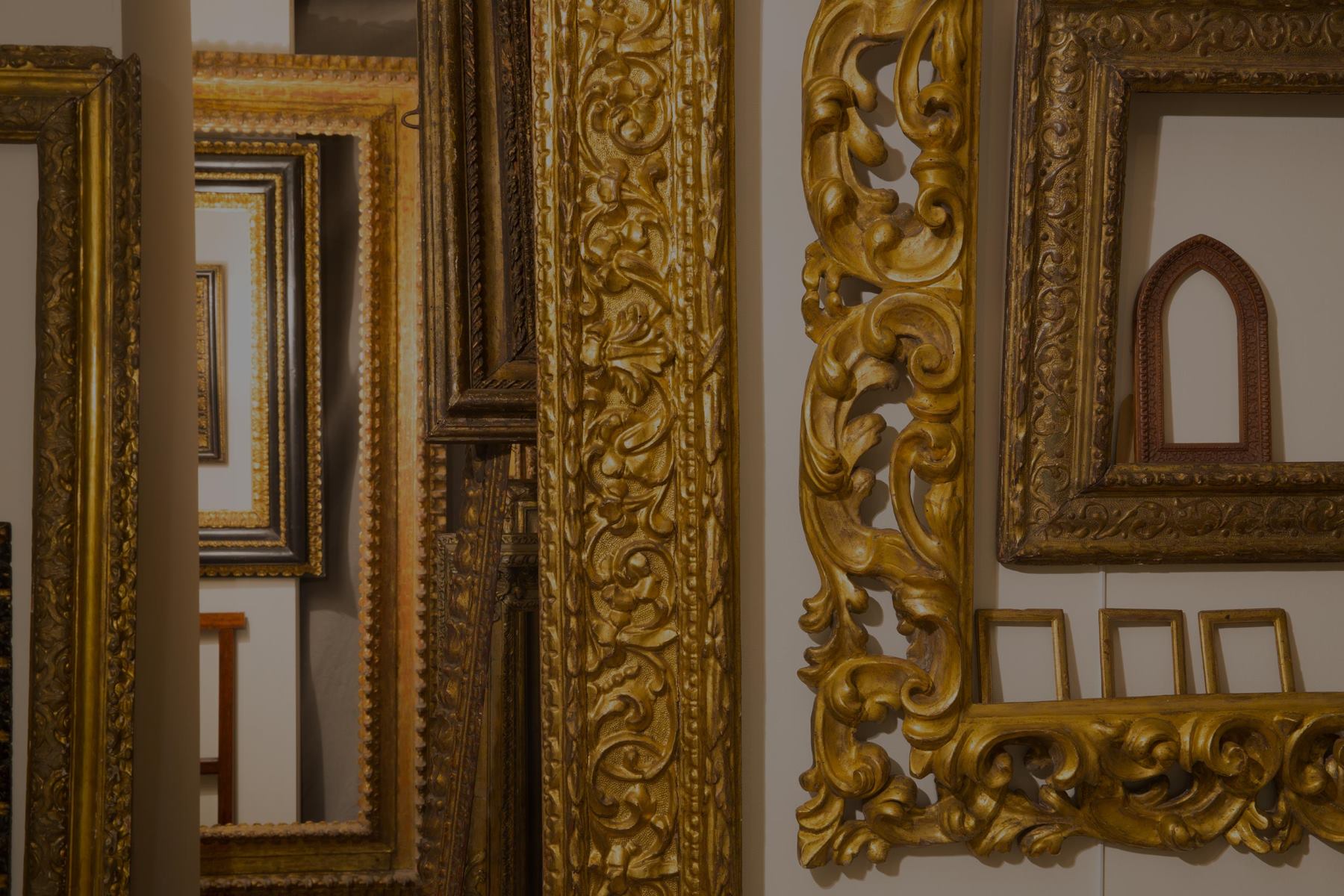








0 thoughts on “Identifying Valuable Antique Ceramics: A Beginner’s Guide”